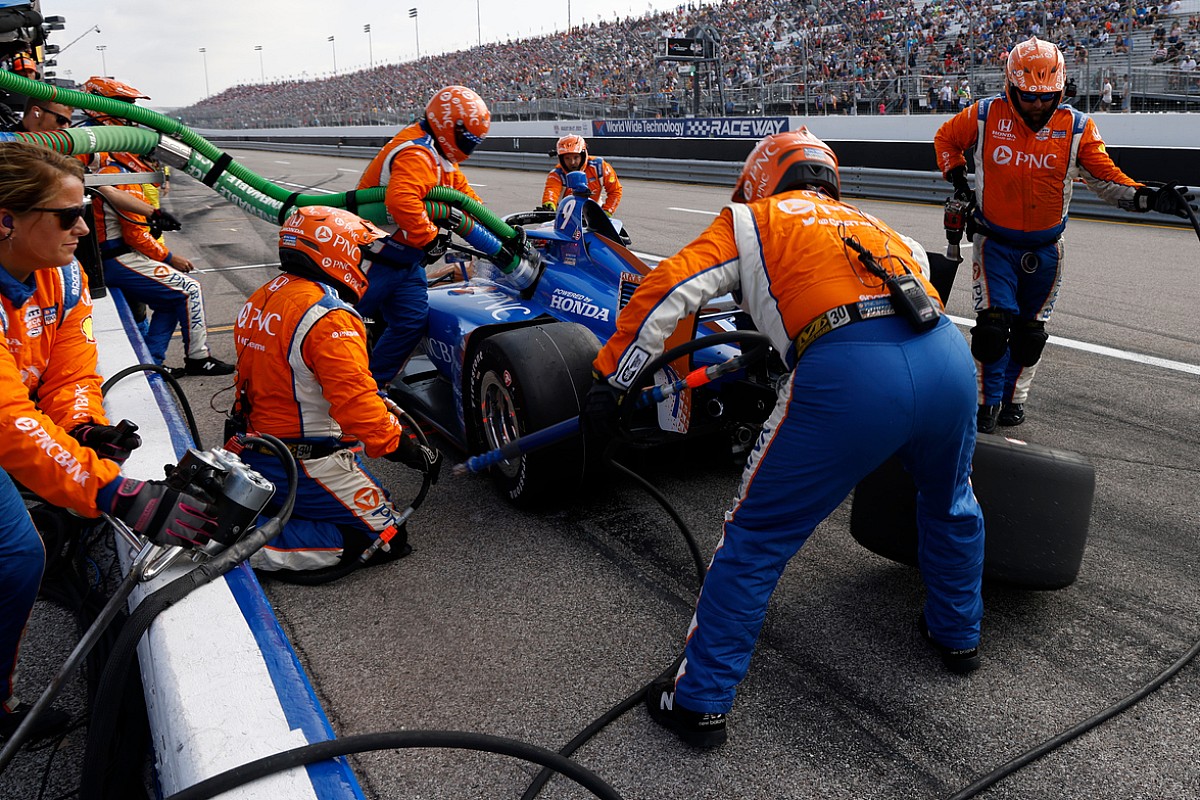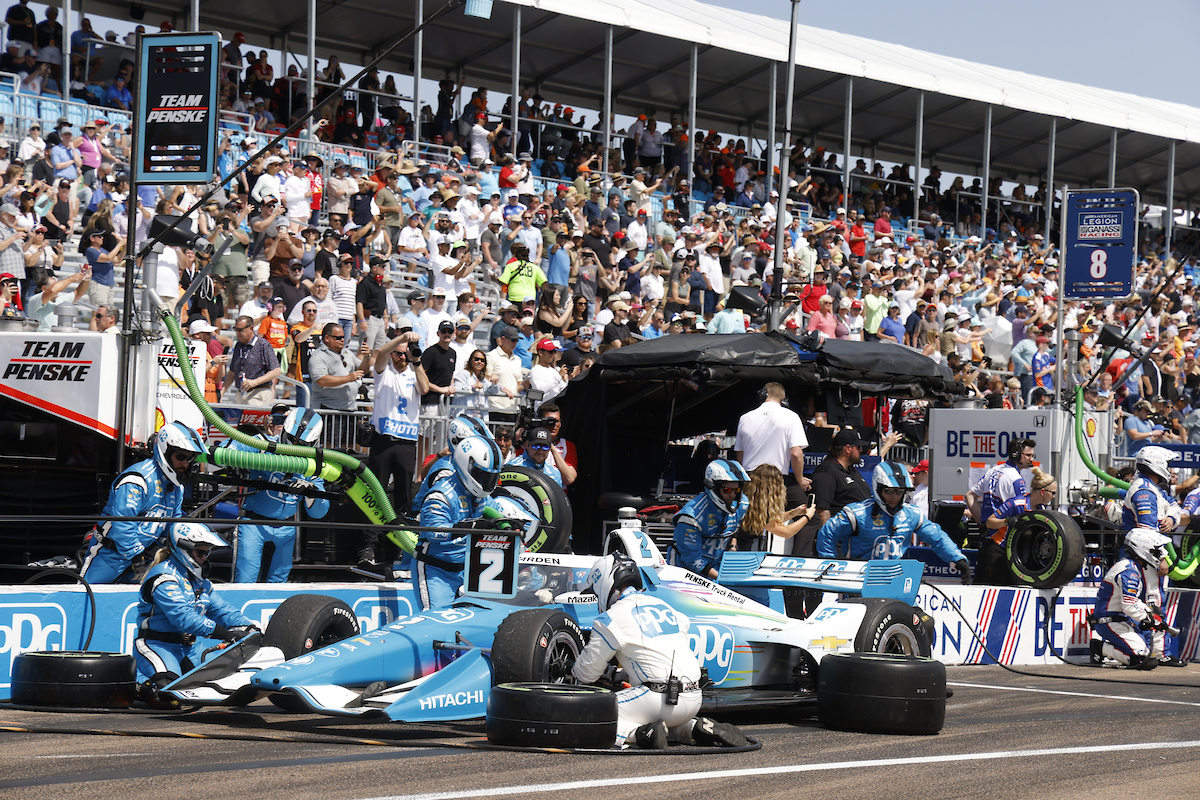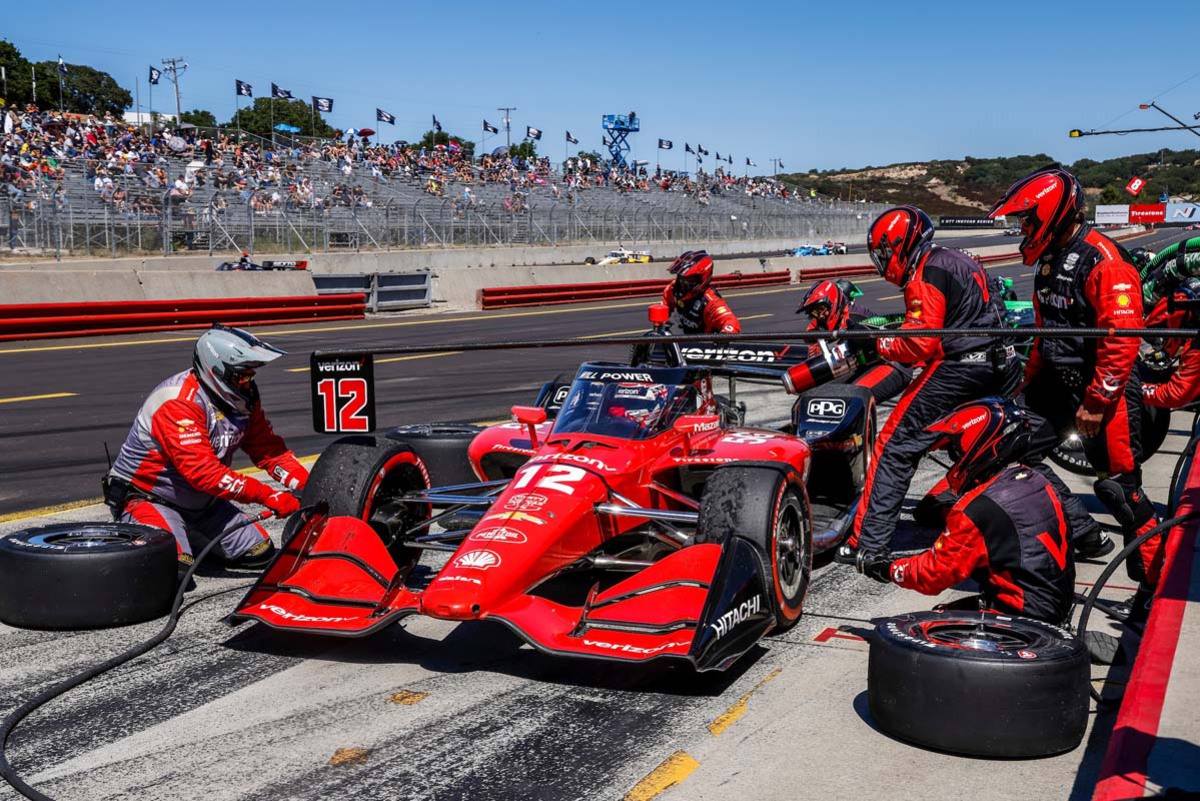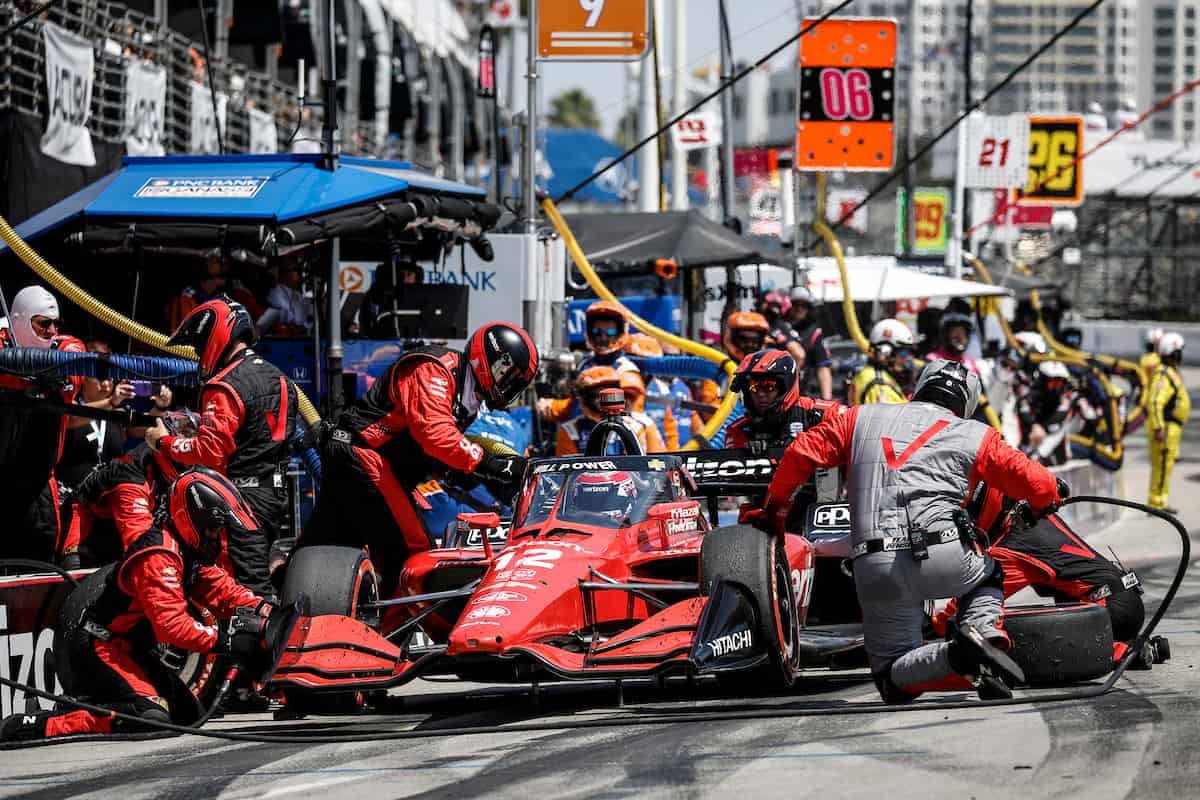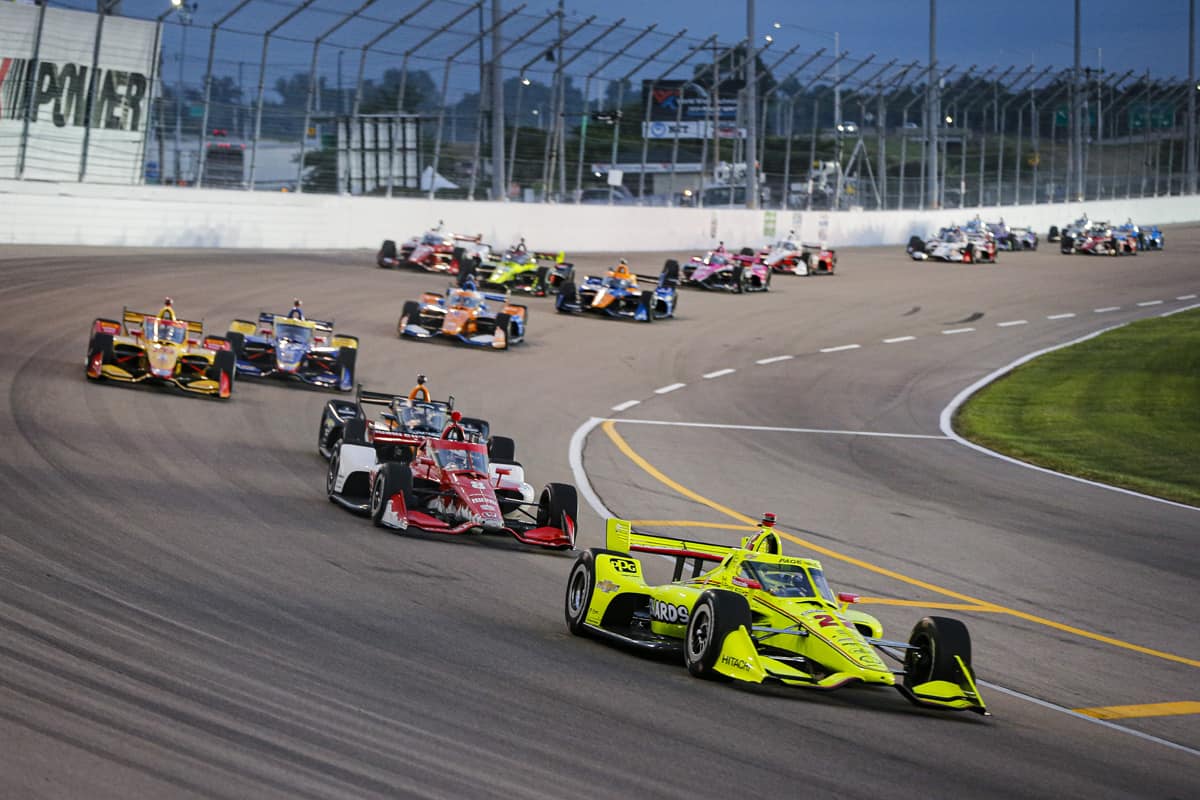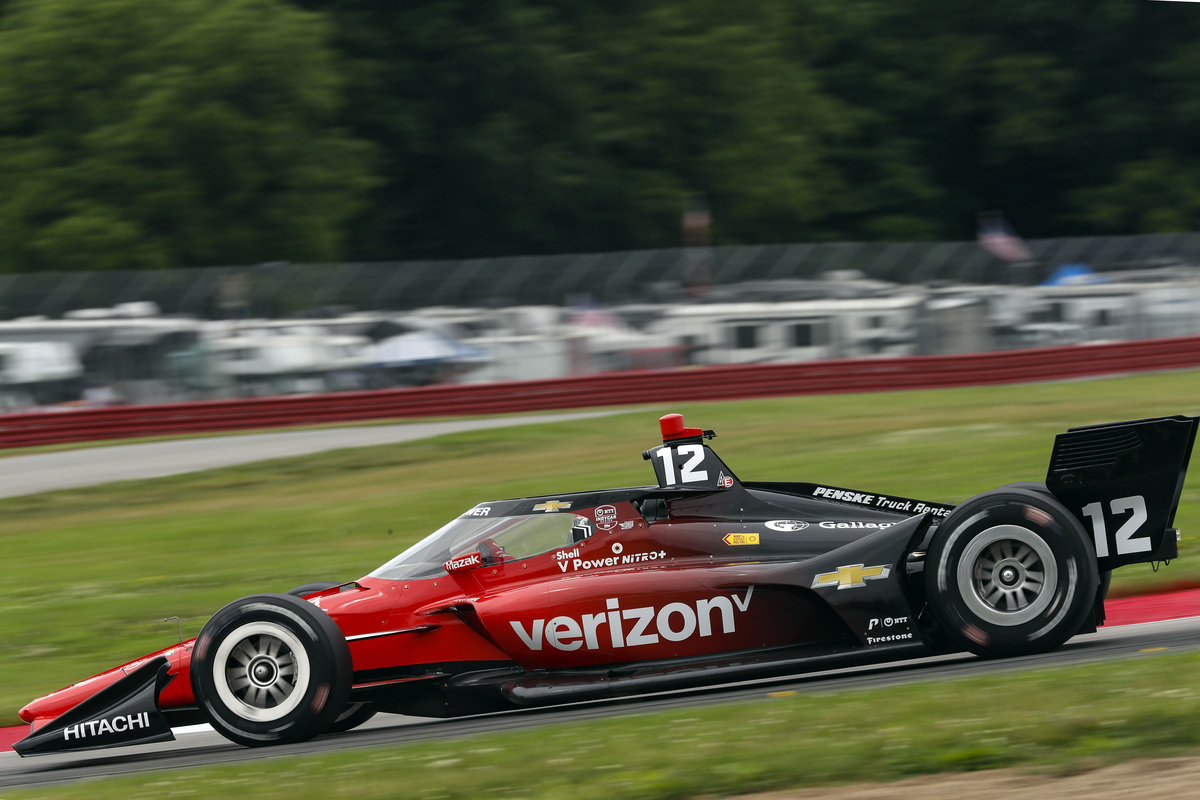Alternate tires offer opportunities – and unknowns – for IndyCar field at WWTR
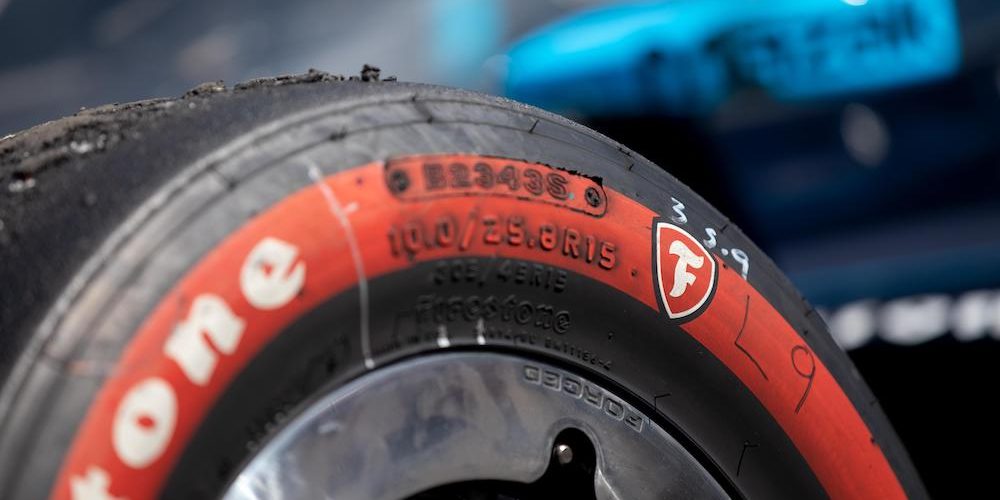
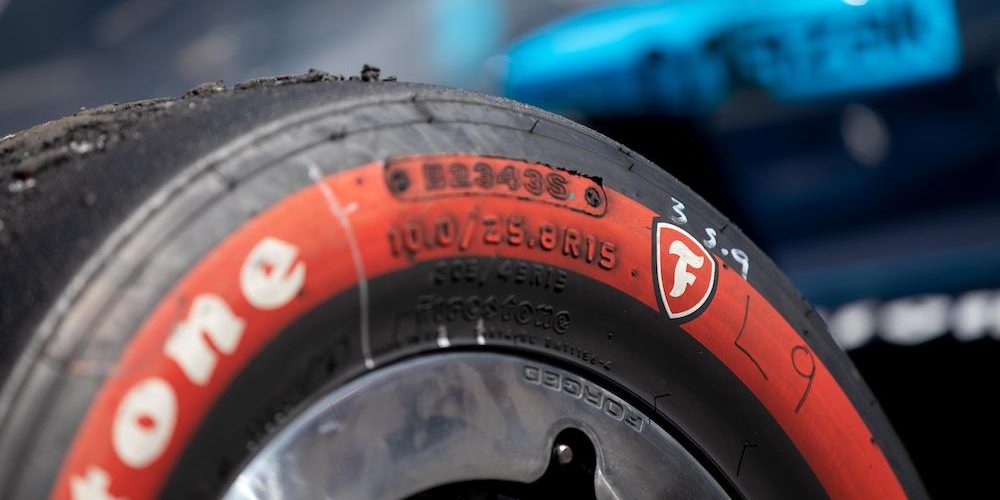
World Wide Technology Raceway’s will introduce the first-time use of Firestone’s alternate tires on an oval during the Saturday-Sunday Bommarito Automotive Group 500 event.
The practice is modeled after IndyCar’s longstanding use of primary and alternate tires at its road and street course events, where both compounds must be used in the race and provide teams and drivers with the ability to try different tire deployment strategies in their quest for victory.
IndyCar will make a set of alternate tires available to each of the 28 entries for Saturday morning’s practice session, but won’t, in a break from its road racing policy, allow alternates to be used in qualifying. Ten sets of tires for the event, with eight sets of primaries and two sets of alternates — with the one reserved for first practice and the other for Sunday’s 260-lap race in Madison, Illinois – will call for each driver to complete at least two laps on Firestone’s primaries, and two on a set of alternates, to satisfy IndyCar’s minimum-usage rule, and from there, most of what lies ahead at WWTR is a great mystery to the paddock.
Table of Contents
Toggle Table of ContentMore IndyCar!
Team Penske, A.J. Foyt Racing form technical alliance
Harvey looking for an IndyCar career reboot
Bill Vukovich II, 1944-2023
“It’s very interesting that we have this opportunity to do something different,” Rahal Letterman Lanigan Racing’s Conor Daly told RACER. “But we don’t know yet what to anticipate, because it’s obviously new to us and all the other teams. We will get a set of [alternate] tires to practice on, but what we don’t know is if it will drastically change the race.
“Like, if you go from being able to do 40-50 laps on one tire and 20 on another, how do you incorporate that into your race? I’m excited for it, because if it presents a chance to take advantage of something, you could benefit from the timing of when you go to the alternate tire, or it could go horribly wrong for you. You just hope to be on the good side of it.”
Opening practice gets under way at 11 am ET on Saturday when teams will have 60 minutes to learn as much as possible about the primaries and alternates. Then it’s straight into qualifying at 2 pm, a one-hour final practice at 5:45 pm, and into Sunday’s 2:30 pm race. And in a new twist, IndyCar has decided that all drivers will start the race on primaries, which is another wrinkle for those on the timing stands to contemplate.
“Do you put the alternates on early and try and get track position? Do you put them on at the end when you think you’re racing for the win or for the trophies?” said Bryan Herta, Kyle Kirkwood’s Andretti Autosport race strategist. “I really don’t know. That’s what this is at the moment: A lot of unknowns. We’ll know way more once we actually run them, but it’s one of those deals where you’ve got to run them to know what you have and what you’re dealing with. If you’re asking me what to expect today, the answer is, I have no idea.’”
The alternate Firestones could open up new strategy options, but teams have a relatively small window before the race to figure out how the tires work. Phillip Abbott/Motorsport Images
Unlike a traditional oval race where teams have only one tire compound to learn, the added variable of needing to learn the performance and life characteristics of a second compound should bring some big swings in performance during the race. Many teams will succeed in the twin-compound educational process during practice at WWTR, but some won’t, and it’s here where fortunes could rise and fall throughout pit lane when it’s time to go green.
“We rely heavily on what information we can glean from the little bit of running we do prior to the race itself in practice,” Herta said as he began to explain the learning process. “And so that will help us, and the big questions are, what is the speed delta between the prime and the alternate? And then what is the [degradation] curve like? And we’ll try, but we don’t run enough laps and don’t have enough time to do whole stints on these things, so what we do is we run however many laps we can, and we try and project out – we extrapolate from that – what the [degradation] line is going to look like.
“We take those two pieces of data, and then we’ve got all kinds of great simulation programs that we can plug all that information into. It will help tell us things like if it’s a race with no yellow flags, what is the fastest way to get the checkered flag with the tire options we have? And then you start to apply logic to the simulations like will there be yellows? And when might there be yellows? And where are we starting? And what are the cars around us going to do for strategy? It’s a lot of things, but that’s all the stuff that gets chopped up into the soup of what to do.”
Daly can’t wait to get a feel for the primaries and alternates in the No. 30 RLL Honda, and from there, the oval specialist hopes to work his magic in the 500km contest.
“There’s times where if you have one-percent more grip on a short oval like that, you look like a superhero,” he said. “So the varying levels of how much tire grip you have can really help you on ovals compared to like road and street courses. If you’ve got that extra grip from an alternate tire when others maybe don’t, that’s going to make life very interesting.
“I just like that we have something different for a change and we don’t know how it’s going to affect things, but we know it’s going to have an effect, for sure. I’m really curious to get going and see what we have to play with.”



